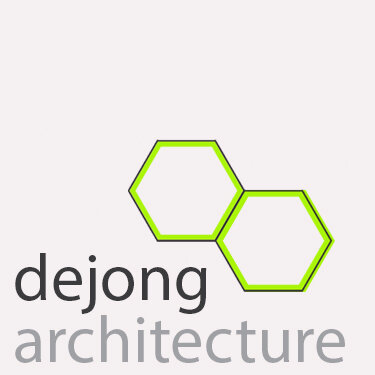Design/Build Construction, You have Options
Construction like anything has it’s fads or buzz words. Design-Build is one such buzz word. It was made obvious to me recently when a potential client called asking if we did design-build projects? After a few sentences it was aware to me they didn’t know what design-build was, someone had thrown around the term-and he thought that’s what he needed.
Every project since the onset of democracy has the same three players-the owner, the architect and the contractor. They are all bound by contracts that has different implications for effort and responsibility. Each system is governed by a slightly different contract, and boils down to who is responsible to whom contractually:
The above relationship diagram is the broad explanation in graphic form. This applies to Southern Alberta, Alberta and broader North America and has too many nuances to cover. AI has the below explanation(with links to better resources):
Design-build is a project delivery method where a single entity, the design-build team, handles both the design and construction phases under a single contract, streamlining the process and potentially leading to faster project completion and reduced costs(This is only if done right by a skilled and honest Design Builder).
Here's a more detailed explanation:
What it is:
Design-build is a project delivery system in construction where the design and construction services are contracted by a single entity, known as the design-builder or design-build contractor. It can be subdivided into architect-led design–build (ALDB, sometimes known as designer-led design–build) and contractor-led design–build.
How it differs from traditional methods:
Unlike the traditional "design-bid-build" approach, where the owner hires separate designers and contractors, design-build combines these functions into one team.
Benefits:
Speed: Design-build can lead to faster project completion by overlapping the design and construction phases.
Cost-effectiveness: A single contract and team can reduce costs and delays, as well as change orders.
Simplified management: A single point of responsibility streamlines communication and coordination.
Collaboration: The design-build approach fosters collaboration between designers and contractors from the outset.
Stages of Design-Build Construction:
Design-Build Team Selection: The project owner selects a design-build team.
Pre-Construction Planning: This involves site selection, project conception, and feasibility studies.
Architectural Design & Functionality: The design phase, including preliminary and final designs.
Construction: The actual building process.
Post-Construction: Final checks, handover, and project closeout.
When to use Design-Build:
This method is particularly well-suited for projects where speed, cost-effectiveness, and tight coordination are critical.
What Is Design-Build? – DBIA (Design Build Institute of America)
The Design-Build Method of Project Delivery Explained - Procore.
Design-Build Project - Federal Highway Administration
The weakness of the system is fundamental with it’s benefits stemming from single source……how can you guarantee honesty? You can’t is the answer. This is why Design-Bid-Build remains the system for educated clients. There is one way, although not perfect, to establish accountability with design-build. Its Architect led Design Build. There are honest contractors practising Design-Build. How are you able to be assured a contractor is honest? Our best friends are contractors. 95% are honest, salt of the earth type people. It’s the remaining 5% you have to steer clear of. Same goes for Architects. People have learned to trust based on the confidence of an individual, it’s human nature. Where do you think the term ‘con-man’ came from? It’s a shortened form of ‘confidence man’. Enough said.
Architect Are Governed by a Code of Ethics
There are good and bad people in every industry. It would be nice if everyone was honest, but it’s not perhaps realistic. Google reviews and modern tools are developing to combat efforts less than best practise, and by extension-being honest. What keeps architects honest? Besides personal bias and the law, the Alberta Association of Alberta and the Architectural Institute of British Columbia both have a professional Code of Ethics and an enforcement of their accepted codes:
https://www.aaa.ab.ca/Web/The_Association/Who_We_Are/Our_Ethics_and_Legislation.aspx
https://aibc.ca/about/regulatory-authority/code-of-ethics-and-professional-conduct/
If architects registered under their associations deviate from this legislation, there is discipline that can occur that has no cost to the owner. Any kind of unprofessional conduct, including dishonest activities, the owner just needs to make a complaint about a member:
https://aibc.ca/protecting-the-public/professional-conduct/
Architects are Transparent about Their Fees
Architects publish a fee schedule that reflects the recommended fees for the services you require. Contractors unfortunately do not have a governing Code of Ethics nor do they have a transparent fee proposal. It is usually jammed together with all the sub-contractor prices. Here’s what you should pay for Architectural and Engineering prices combined:
R.A.I.C. (Royal Architectural Institute of Canada) Guide for Determining Appropriate Fees

